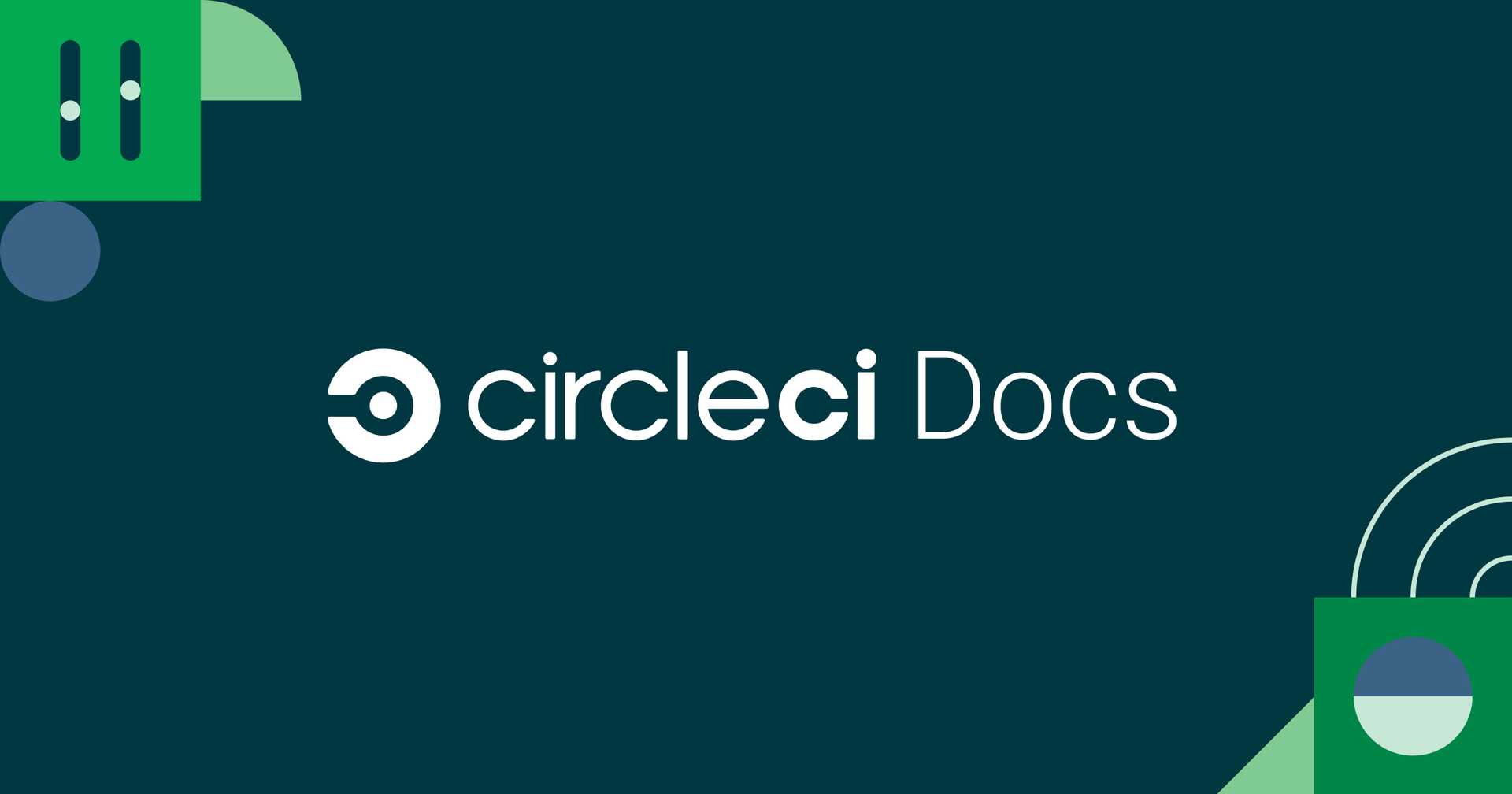Overview
CI/CD stands for Continuous Integration and Continuous Delivery. Continuous integration means to continuously merge all contributors' working copies into a single project, supplemented with automated testing, and other quality checks. Continuous Delivery means automating the release and deployment of the working project into a production environment to ensure that software is always ready to be deployed. In short, the mechanism of CI/CD is to automate the flow of the Test, Build, Deploy cycle.
In order to utilize the mechanism of CI/CD, specialized tools and version control system like Git needs to be integrated. Some of these specialized tools are like Jenkins and CircleCI. These tools can be configured to automatically detect commits into the version control system, and automatically perform the testing, building, and deploying cycle. On top of that, by creating a system that notifies the developer when any part of the cycle fails, the developer can quickly work on fixing the problem.
CI/CD is a mechanism that can work very well with agile development, which continuously releases new developments in short, small bursts.
Learning Objectives
With the CI/CD mechanism, we can expect great improvement in developers' efficiency and the quality of the product.
After an application is released, there is still a need for development to provide new features and maintenance to fix bugs and glitches. With CI/CD integrated into the development environment, developers can develop quickly while maintaining quality thanks to the automation of the test, build, deploy cycle, and the notifications to the developers when something goes wrong.
Learn about CI/CD to assure product quality and increase development speed.
Learn from Here
CircleCI is a popular tool that is easy to use as a starting point for CI/CD. First, let's build a sample project that can give us an image of the implementation of CI/CD.
Using the CI/CD Tool
Create a Github Repository
Add and Configure the .yml Config File
Prepare for Build on CircleCI
Execute a Build on CircleCI
Utilize the Workspace Functionalities
Recommended Materials
Quickstart guide - CircleCI
This is the official tutorial from CircleCI. First, let's build a sample project that can give us an image of the implementation of CI/CD.
![Quickstart guide - CircleCI]()
Quickstart guide - CircleCI
A quickstart guide for adding a project to CircleCI and exploring some features
circleci.com
